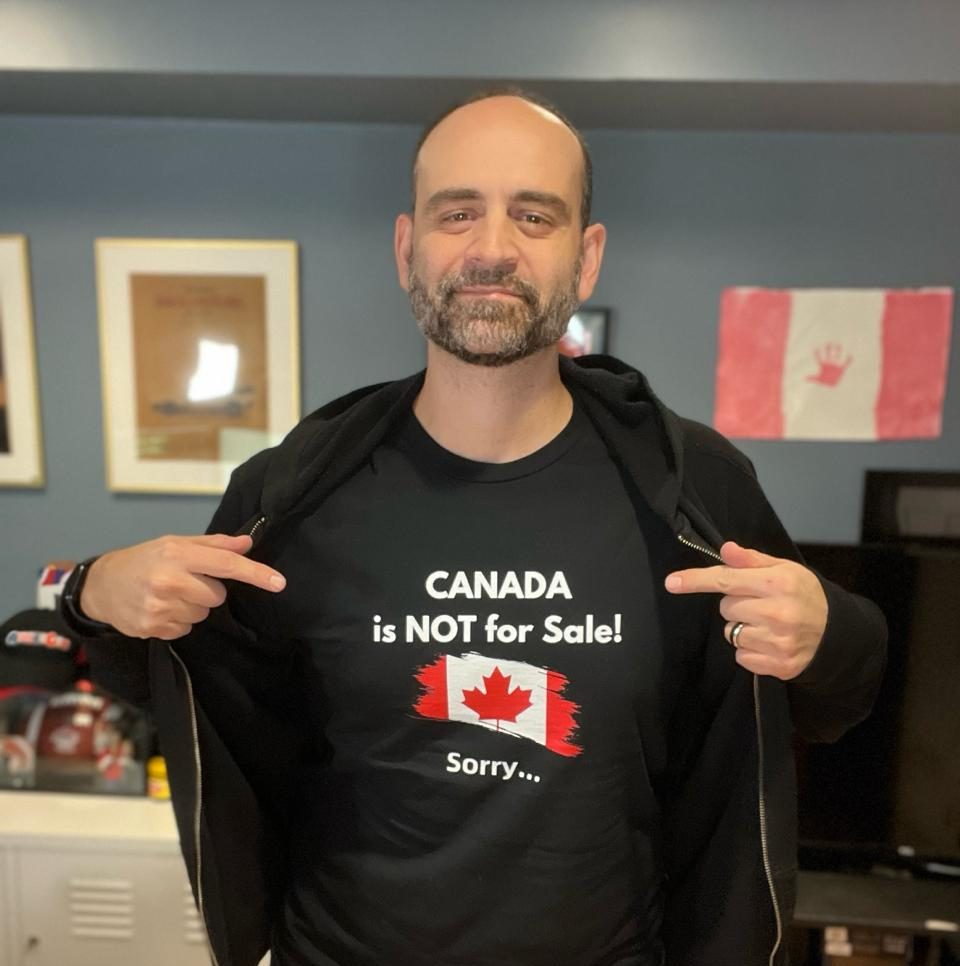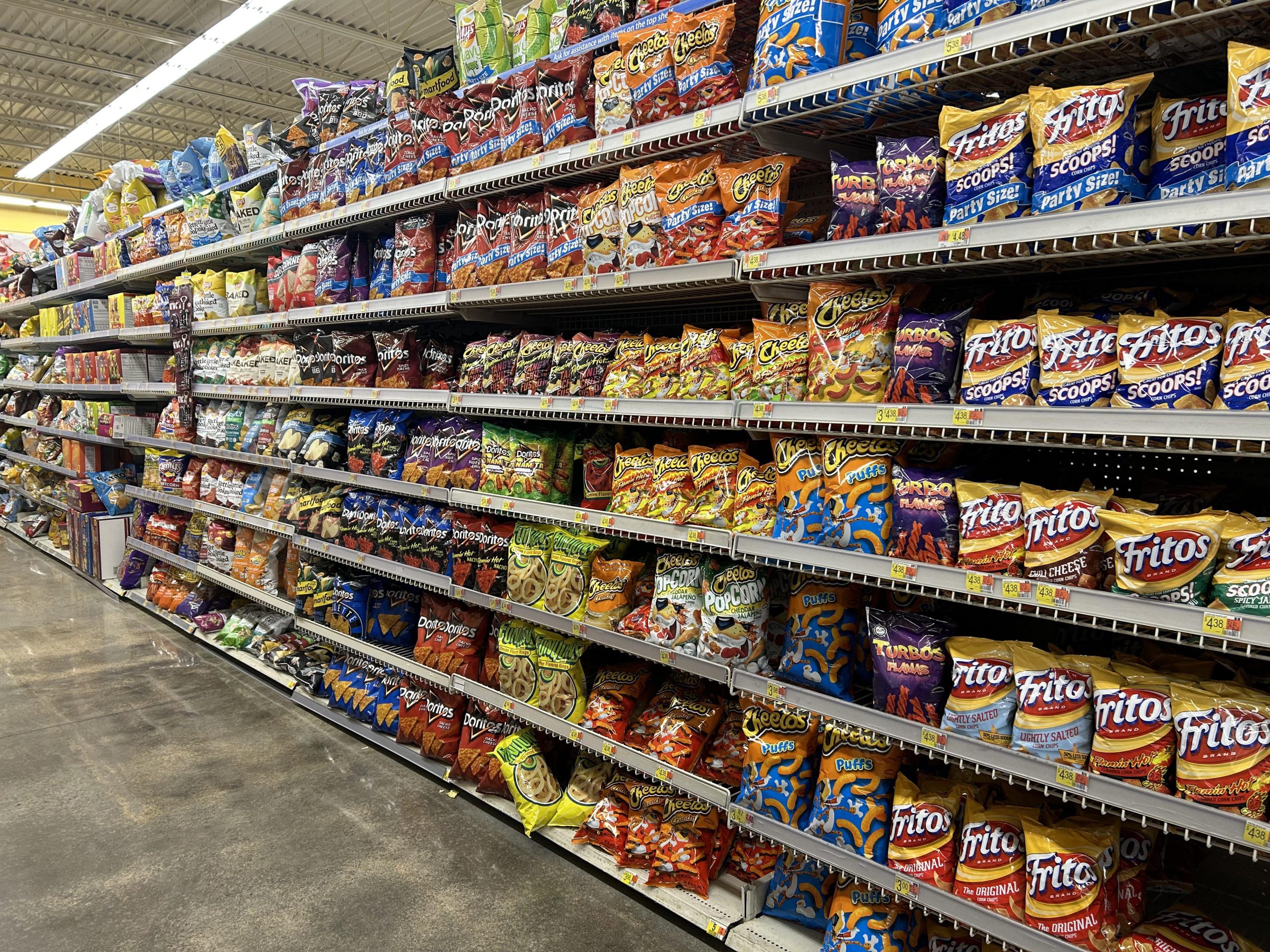Schwartz Company and the Iconic Mustard Glasses
In the heart of Nova Scotia in 1841, a remarkable story began with the founding of the Schwartz company by William Henry Schwartz. Originally setting its sights on the coffee market, this Halifax-based venture quickly became a household name, expanding its product line to include a variety of spices. Yet, it wasn’t just their coffee and spices that left a lasting mark on Canadian culture; by the 1950s, Schwartz introduced an innovation that would become a cherished part of many Canadian homes: the mustard glass. With the new introduction of their prepared mustard product they chose a fun way to stand out, by putting playing card-like symbols on the glasses. I spoke with Kühne a major retailer of mustard that also uses drinking jars. They have no idea on the origin, but attribute them largely to marketing, with theirs also displaying motifs throughout Europe. However they will eventually stop, as the screw top lids are more secure (hold on to your mustard cups!).
What made the glasses stick around
What made these mustard glasses so special wasn’t just their novelty but their quality. Resembling the sturdiness and design of whiskey glasses, they found a second life in Canadian households. They seemed to have been designed with this intention of reusability. It might be a trend among mustards as Kuehne does this (I have their glass in my cupboard it is a nice small mug). “After enjoying the mustard, you can use the jar as perfect drinking glass”. Develey does this too. While at the time of Schwarts, glass packaging was normal, now it’s definitely an intentional distinguishing marketing feature to showcase authenticity, nature, and nostalgia.
Cultural Meaning of Mustard Glasses (Trickle Down Effect).
In Canadian TV it’s associated with poverty… who else keeps a mustard cup (I do). The burning question on everyone’s mind, “are mustard glasses for the poor?”. In society the middle class try to emulate the upper class and the lower classes get left behind, pronouncing their characteristics or assets (or lack of).
The term for this is The Trickle Down Effect
Remember when being Pale was cool? back in Victorian England, Ancient Japan and Roman times, being Pale meant you could afford to stay inside and not work (this was before the Internet). Also a woman stuck inside symbolized faithfulness and morality. The commoners all tried to emulate, Rice powder, olive oil, and even lead-based makeup were methods of skin whitening. The poorest at the bottom didn’t even bother because it was so out of their means to attempt to be pale white. Thereby pronouncing the effects that lower class is darker. Are we still talking about Mustard? Slowly it becomes easier for middle class people to attain what the top has. It became economically feasible for even the lowest class to become Pale.
Then the opinions switched, people started vacationing, the sunshine was seen as way to stay healthy, now tanned skin meant you had money to travel (especially being tanned during winter months). How far we have come, most people throughout history such as in ancient Rome, never left the town they were born in, and worked the farm until death. Only the ultra elite could ever dream of a “vacation”.
Having Fine China is similar. Elaborate inventories of cutlery and porcelain was a feature of the upper class and royalty. Now all our grandmas have these huge collections we might call “tacky” because that was seen as fancy at the time. Marketing over the years encouraged “affordable luxury” by buying porcelain plates, and cups.
The lower class did not attempt to purchase China, or Porcelain at the same rate, thereby pronouncing the notion that socioeconomic group always had no fancy glassware.
So when the Mustard Glass came along, well-off Canadians threw it out, but many lower class Canadians held onto the glass and became their Whiskey glasses. A working man’s glass, it also had the cool playing cards, like it deserved to be on a poker table. There’s also Trickle Up Effect, or the Upward Flow Theory. Items like Jeans, Carhartts, Cowboy hats, are intended for the lower classes but Bubble Up due to their symbolization of authenticity.
Harewood Dinner Jacket
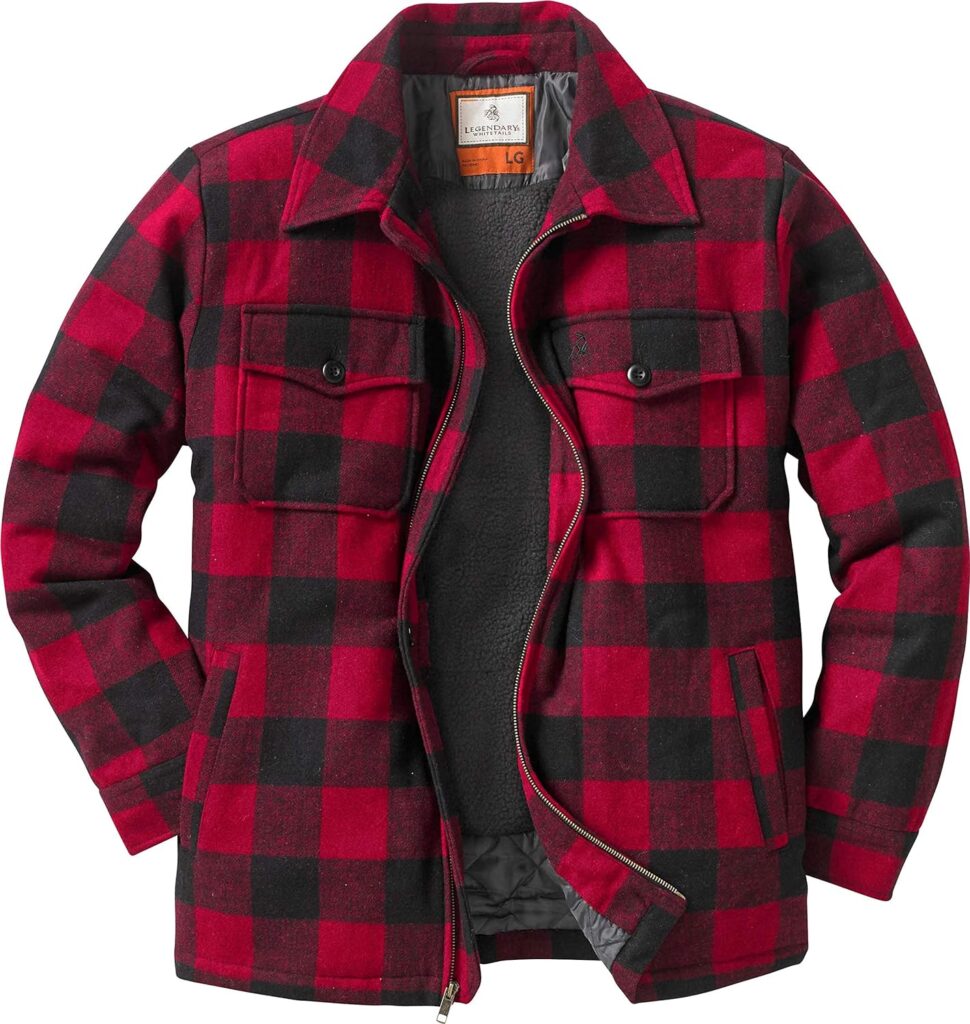
As talked about before with the Trickle Down Effect, it’s very common with fashion. Fancy clothes. Well the lower class may not have fancy clothes. So in my part of Canada the phrase “Harewood dinner jacket” was born.
A saying as old as the city of Nanaimo itself. Harewood Dinner Jacket is a red and black plaid thick sweater. The meaning is that people in Harewood are the poor, working class and “trashy” individuals of Nanaimo who don’t have anything other than their plaid sweater to wear to dinner.
Nanaimo was a poor working class town, so it’s amusing they thought to distinguish between themselves and the more poor. Pigs among Guinea Pigs huh?
Mustard Glass in Trailer Park Boys
You may have to came to this blog post just because of Trailer Park Boys, one of the only cultural references to a mustard glass keeping it from fading into obscurity.
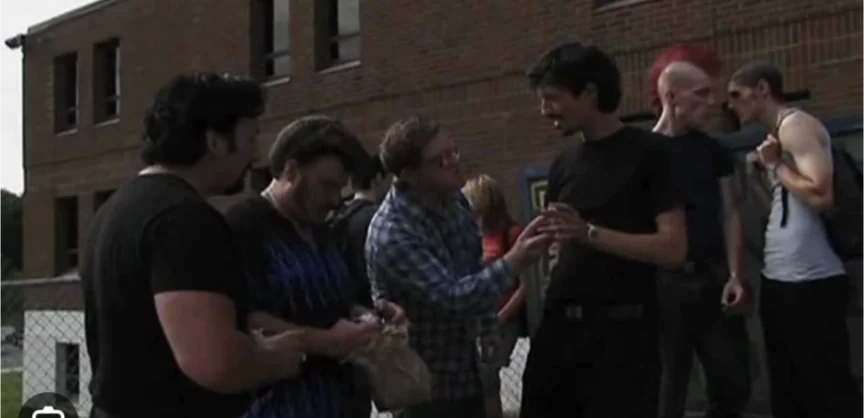
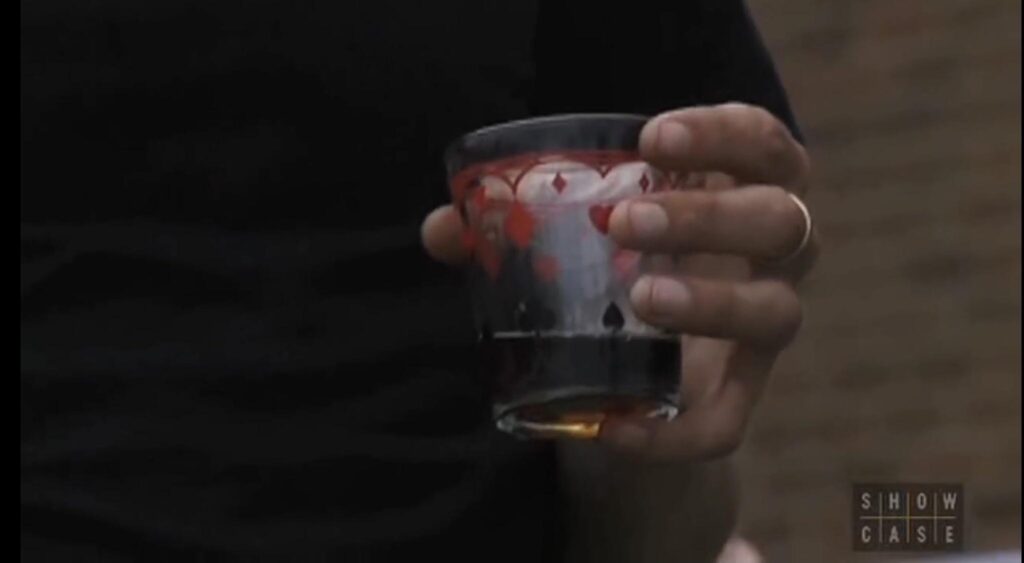
Jacob Collins wants to emulate Julian his Idol so he dresses up like him. However he doesn’t own a whiskey glass like Juilian. He uses what Bubbles calls “one of those old mustard glasses”. Harewood dinner jacket looks pretty similar to Ray’s jacket doesn’t it? All the same ecosystem. Harewood dinner jackets, Mustard Glasses, and Trailer Parks, it’s all part of one big Shitcosystem Bubs (in the style of the late great John Dunsworth).


